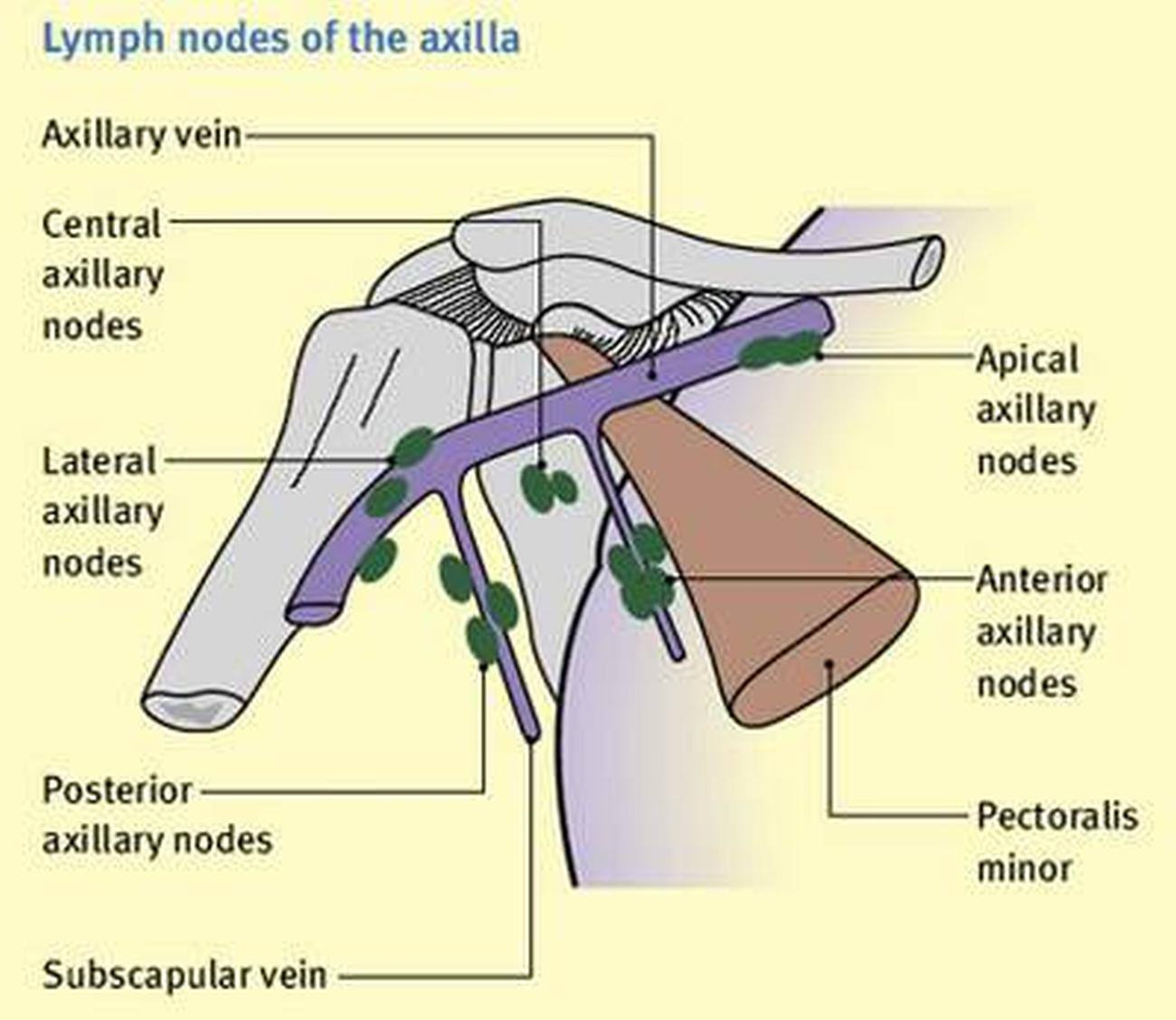
However, no study has tried to explore the difference between different histopathological categories of SLN metastasis. In addition, most focused on studies reported 5 years ago and some meaningful observational studies were excluded.

However, few have reported the safety of the procedure. Some systematic reviews focused on the efficacy of omitting ALND for selected patients with positive SLN. The prognostic results refer to the different histopathological classification (Macro versus Micro/ITCs) should be different based on their biological characteristics. Besides, if the patients were 1) no preoperative systemic therapy, 2) tumor size 2 mm in largest diameter was defined as Macro, metastasis between > 0.2 mm but ≤ 2.0 mm was defined as Micro and metastasis of ≤ 0.2 mm was defined as ITCs. The consistent guideline on this was as follows: 1) if positive sentinel lymph node for micrometastasis, no further axillary surgery. In contrast, patients with positive SLN were thought to be at risk of further axillary metastases or decreased overall survival (OS). For patients with negative sentinel lymph node (SLN), omitting ALND was the consistent choice for most management guidelines. However, the management of the axilla in breast cancer has evolved recently, with sentinel lymph node biopsy (SLNB) becoming the standard of care for patients clinically negative for axillary lymph node metastasis.
#SENTINEL NODE DISSECTION TRIAL#
Trial registrationĪxillary lymph node dissection (ALND) has been one of the standard treatments for breast cancer during the twentieth century to prevent the dissemination of breast cancer.

Therefore, omitting ALND is feasible in this setting. An OS benefit was found in the Macro subset that used SLNB alone versus complete ALND. Conclusionįor patients with clinically node-negative but SLN-positive breast cancer (no matter the number of the positive SLN), this review showed that SLNB alone had a similar axillary recurrence rate, DFS, and OS, but caused a significantly lower incidence of adverse events and showed a benefit for the locoregional recurrence compared with ALND. According to our analysis, omitting ALND in patients with clinically node-negative but SLN-positive breast cancer had a similar axillary recurrence rate (OR = 0.95, 95% confidence interval (CI): 0.76–1.20), DFS (HR = 1.02, 95% CI: 0.89–1.16), and OS (HR = 0.97, 95% CI: 0.92–1.03), but caused a significantly lower incidence of adverse events and benefited in locoregional recurrence rate (OR = 0.76, 95% CI: 0.59–0.97) compared with ALND. In total, 30 reports from 26 studies were included in the systematic review (9 reports of RCTs, 21 reports of retrospective cohort studies). Funnel plots and Egger's test were used for the publication’s bias assessment. Based on different study designs, tools in the revised Cochrane risk of bias tool were used for randomized trials and the risk of bias in nonrandomized studies of interventions to assess the risk of bias for each included article. Meta-analyses were performed to compare the odds ratio (OR) in rates and the hazard ratios (HR) in time-to-event outcomes between both interventions. The primary outcomes were axillary recurrence rate, total recurrence rate, disease-free survival (DFS), and overall survival (OS). Original trials that compared only the sentinel lymph node biopsy (SLNB) with ALND as the control group for patients with clinically node-negative but SLN-positive breast cancer were included. The Embase, Medline, and Cochrane Library databases were searched through February 25, 2023.

This systematic review and meta-analysis aimed to study the evidence on the efficacy and safety of omitting axillary lymph node dissection (ALND) for patients with clinically node-negative but sentinel lymph node (SLN)-positive breast cancer using all the available evidence.


 0 kommentar(er)
0 kommentar(er)
